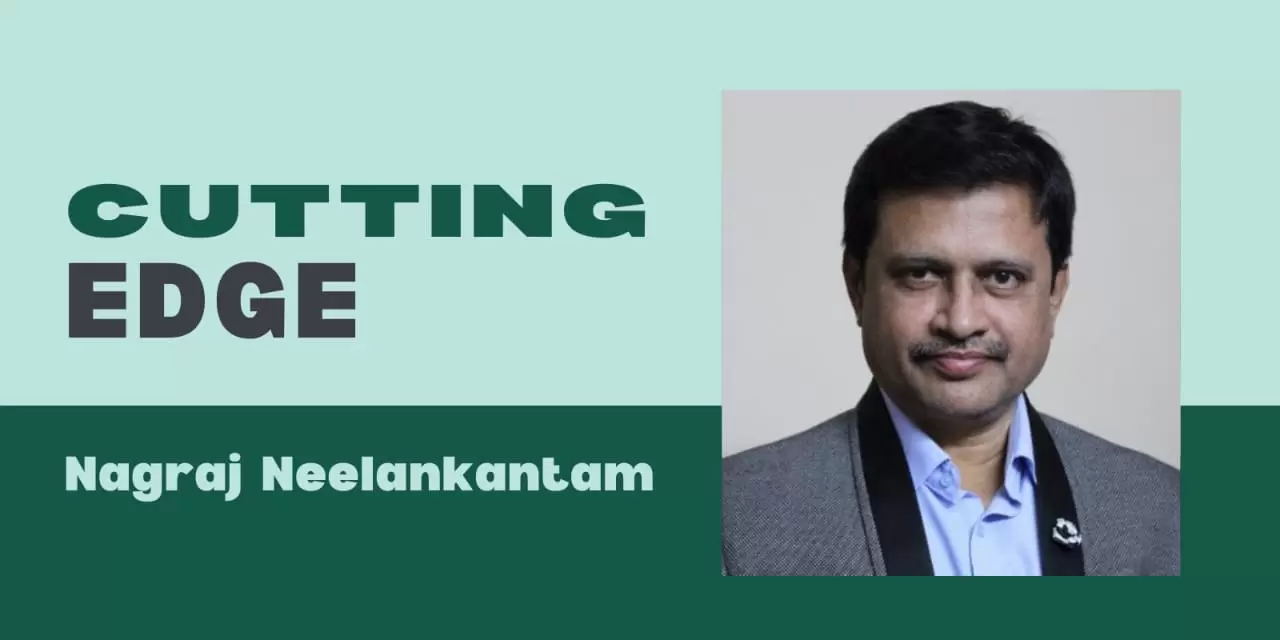Russian President Vladimir Putin’s escalating rhetoric and actions are pushing Europe into dangerous territory, raising the specter of nuclear confrontation. The recent launch of an intermediate-range ballistic missile by Russia—claimed as retaliation for Ukraine’s use of Western-supplied weapons—has heightened tensions not just in the region but globally. This alarming move underscores the fragile boundaries of a conflict inching perilously close to a nuclear flashpoint. Putin’s assertion that Russia reserves the right to target military facilities in nations supplying weapons to Ukraine is an overt warning to Ukraine’s Western allies. His rhetoric, combined with the military’s nuclear-capable missile strike on Ukraine, signals an intent to intimidate both Kyiv and the broader Western coalition. While the missile carried conventional warheads, the implications were clear: Russia is prepared to escalate. Western analysts interpret the strike as a calculated effort to instill fear and test NATO’s resolve. The timing of this escalation is significant. It coincides with the transition of power in the United States, as President-elect Donald Trump prepares to take office. Trump, during his campaign, claimed he could have prevented the war in Ukraine, suggesting a shift in U.S. foreign policy under his leadership. Outgoing President Joe Biden’s decision to supply advanced weaponry to Ukraine may have been perceived by Russia as a provocation, complicating the incoming administration’s ability to chart a new course.
The use of American-made ATACMS missiles and British Storm Shadow systems by Ukraine to strike targets within Russia has undoubtedly added fuel to the fire. Putin has seized on these developments to justify his aggressive posturing, accusing the West of globalizing the conflict. He reiterated Russia’s intent to develop intermediate- and shorter-range missiles in response to similar U.S. initiatives in Europe and the Asia-Pacific, framing his actions as defensive. This escalation comes as the war in Ukraine enters its third year, with diplomatic channels strained and the guardrails preventing direct confrontation increasingly fragile. The prospect of a broader conflict—potentially involving nuclear weapons—grows as both sides dig in, unwilling to back down. Amid this volatile backdrop, Putin’s planned visit to India has raised eyebrows. Speculation abounds about whether the trip is a prelude to further escalation or a strategic pause. India, along with China and Brazil, has been floated as a potential mediator in the conflict. Analysts view this visit as an attempt to leverage Indian Prime Minister Narendra Modi’s diplomatic standing to influence U.S. policy and curtail Western support for Ukraine. The stakes could not be higher. A miscalculation or further escalation risks dragging the world into an unprecedented crisis. As global leaders deliberate, the world watches with bated breath, hoping for a resolution that steers humanity away from the precipice of nuclear war. Europe, and indeed the world, stands at a crossroads. The coming weeks will determine whether diplomacy can prevail over destruction.






